When it comes to transporting a vehicle, choosing the right method is crucial for ensuring safety, efficiency, and minimizing potential damage. Whether you’re moving to a new location, attending a car show, or simply need to transport a non-operational vehicle, understanding how to trailer a car properly is essential. In this article, we will dissect the entire process, from choosing the right equipment to the step-by-step trailer loading mechanics, and everything in between to help you achieve a successful car transport.
Understanding the Types of Trailers
1. Open Trailers
Open trailers are often the most common choice for hauling cars. They are affordable, lightweight, and easy to maneuver.
| Pros | Cons |
|---|---|
| Cost-effective | Exposed to the elements |
| Lightweight design | Limited security |
| Easy to load and unload | Potential for damage |
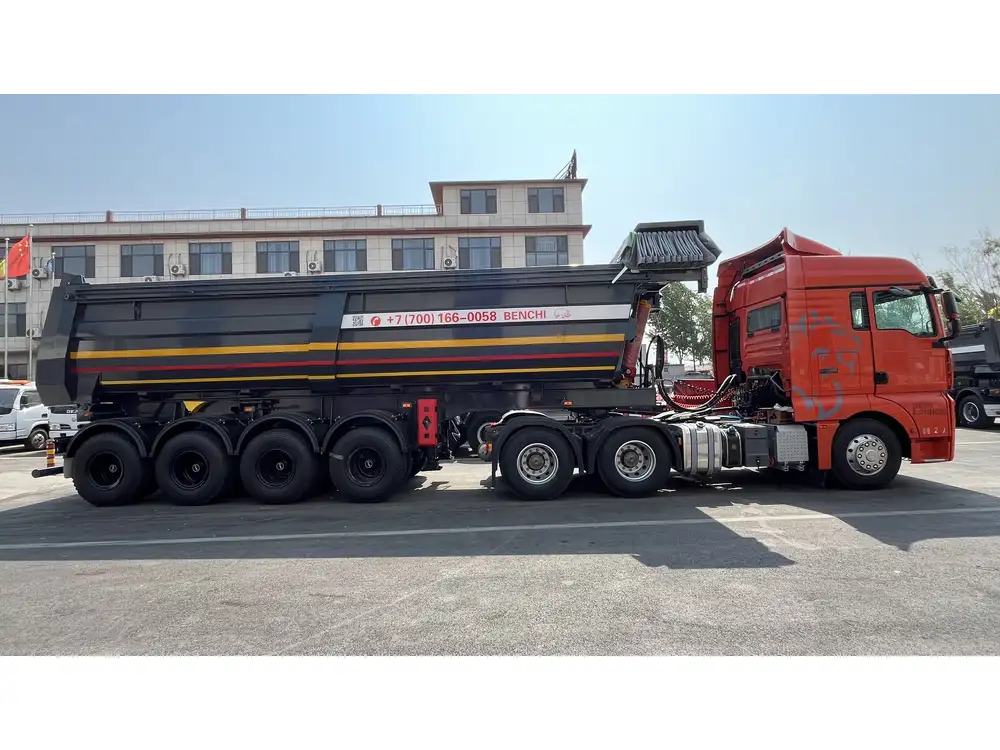
2. Enclosed Trailers
For those looking for enhanced protection against weather and potential theft, enclosed trailers offer a viable alternative.
| Pros | Cons |
|---|---|
| Ultimate protection | Heavier and more costly |
| Better security | Requires more towing power |
| Keeps the vehicle clean | Can have limited space |
3. Car Hauler Trailers
These specialized trailers often come with integrated hydraulic systems and multiple axle designs to facilitate the transport of multiple vehicles.
| Pros | Cons |
|---|---|
| Can transport multiple cars | More complex setup |
| Enhanced stability | Requires more towing experience |
Understanding these distinctions will help you choose the appropriate trailer type based on your specific needs and the vehicle being transported.
Selecting the Proper Tow Vehicle
The relationship between your tow vehicle and trailer is pivotal for a smooth transport process. Factors that play into ensuring compatibility include:
- Towing Capacity: Check your vehicle’s user manual to identify the maximum weight it can tow safely.
- Hitch Weight: This refers to the vertical load placed on the hitch. Ensure your tow vehicle is rated to handle the hitch weight of the trailer when loaded.
- Braking Systems: Depending on the total weight of your load, determine if a trailer brake system is necessary to ensure safe stopping.
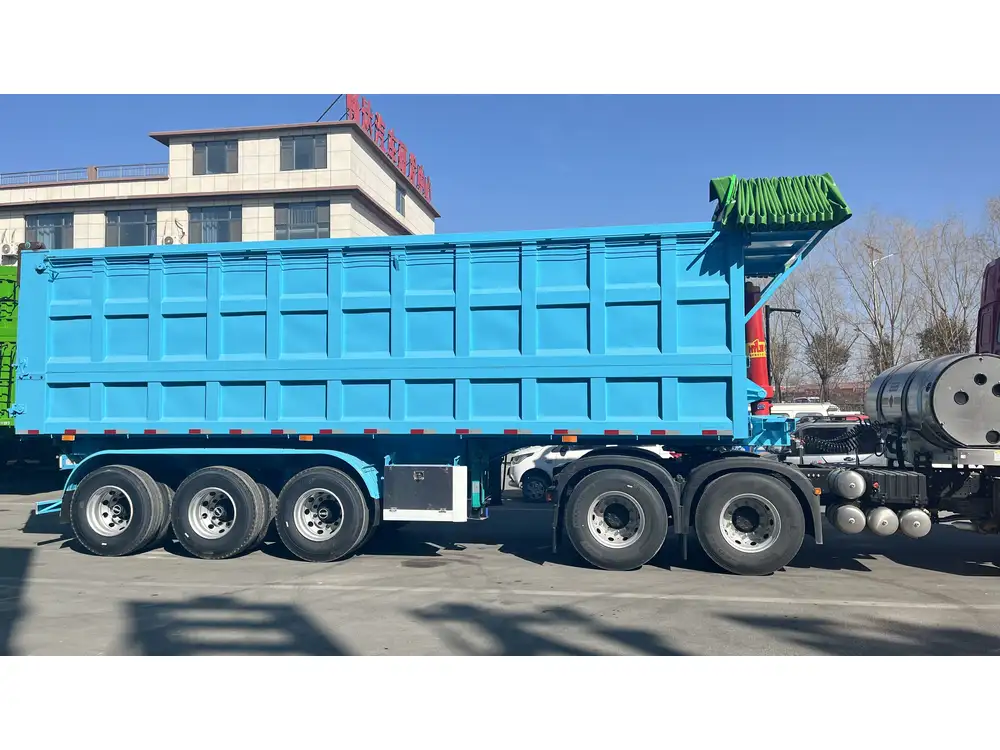
Essential Equipment and Gear
Before you begin the loading process, gather the necessary equipment to facilitate a safe and efficient car trailering experience:
- Ratchet Straps: Utilize high-strength ratchet straps to secure the vehicle once loaded. The number of straps will depend on the vehicle’s size and weight.
- Wheel Chocks: Always have wheel chocks to prevent any unwanted rolling or slipping during loading and unloading.
- Tow Dolly or Car Carrier: In specific situations, a tow dolly or a car carrier can be employed depending on the vehicle being transported.
- Safety Chains: Alongside your primary connection, safety chains provide an additional layer of protection against accidental detachment.
Step-By-Step Guide: How to Trailer a Car
1. Prepare the Tow Vehicle and Trailer
- Inspection: Inspect both the tow vehicle and trailer for any wear, tear, or damage.
- Attach the Trailer: Secure the trailer to your tow vehicle by correctly positioning the hitch and ensuring the safety chains are appropriately connected.
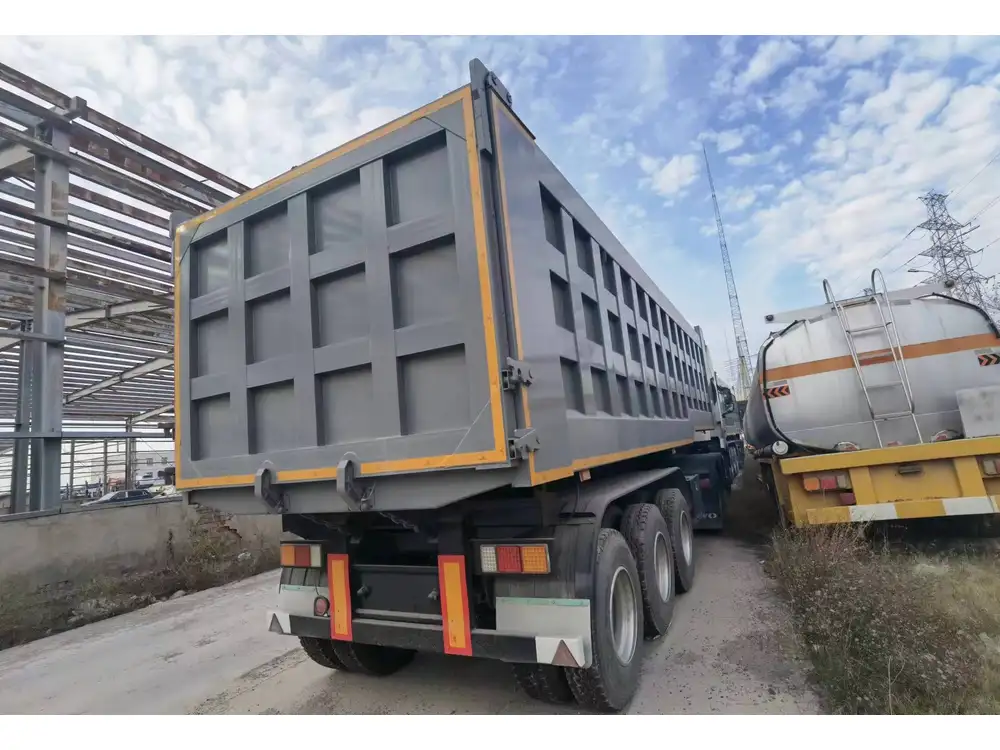
2. Load the Vehicle
- Position the Car: Align your vehicle with the trailer ramp, ensuring that it is directly in front. Proceed to slowly drive or, if necessary, use a winch to gently pull the car up onto the trailer.
3. Securing the Vehicle
- Geometric Centering: Position the car over the axles for optimal weight distribution. This is critical for maintaining trailer stability while in transit.
- Strap Down: Utilizing the ratchet straps, secure the tires by looping the straps around and securing them to the trailer. Always check that the straps are tight and the vehicle is immobilized.
4. Final Checks
- Light & Signal Verification: Before departing, check to confirm that all trailer lights and signals function correctly.
- Brakes Functionality: If the trailer utilizes a brake system, double-check the functionality by applying the brakes gently while stationary.

5. Driving with a Trailer
- Speed Regulation: Always adhere to the speed limits, taking into account that a trailer will require a longer stopping distance.
- Sharp Turns: Avoid sharp turns as they can tip the trailer or force the vehicle to sway.
- Lane Changes: Always use mirrors for lane changes, verifying that your trailer’s dimensions allow adequate clearance.
Troubleshooting Common Issues
Problem: The Vehicle Is Not Level
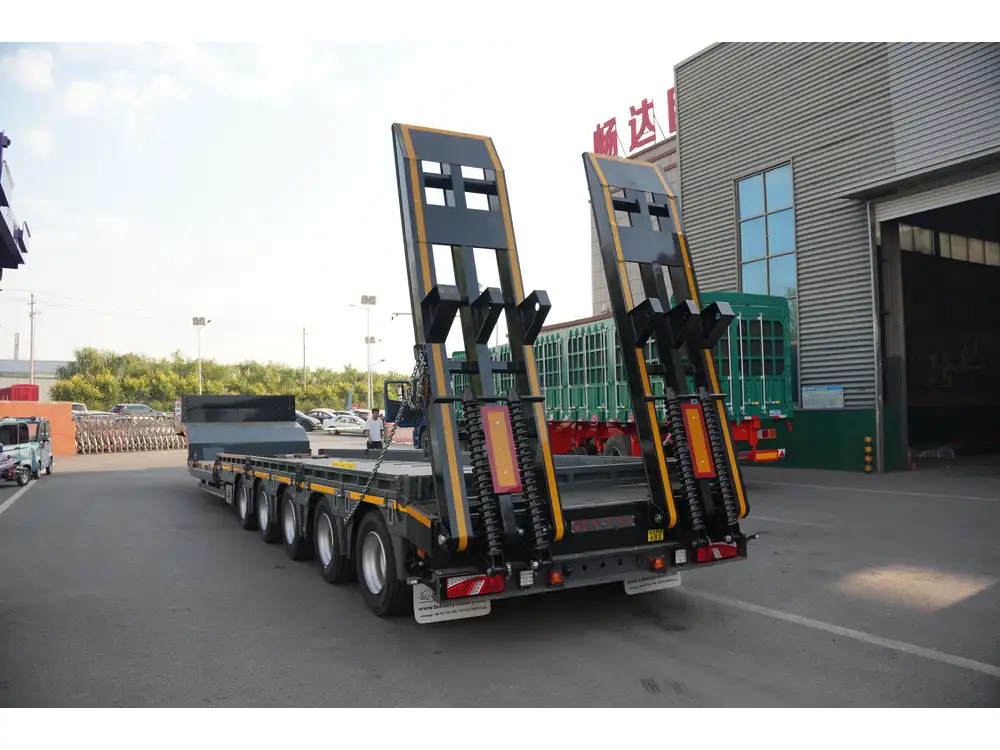
Solution
Adjust the position on the trailer to redistribute weight. If necessary, reassess your strap connections.
Problem: Uneven Tire Wear
Solution
Make sure the tires are equally inflated and positioned in a way that does not place excessive load on one side of the trailer.
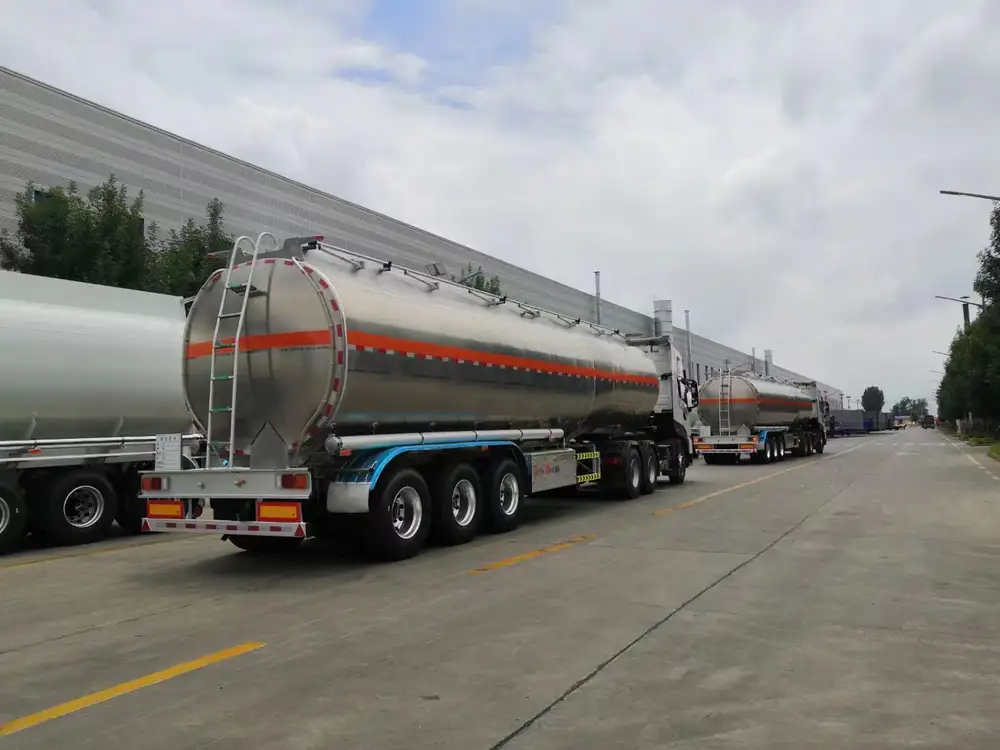
Problem: Swaying During Transit
Solution
Check the distribution of weight on the trailer. Consider utilizing sway control devices if you’re consistently experiencing this issue.
Problem: Inadequate Braking

Solution
Ensure your trailer is equipped with a braking system rated for the load being carried, and verify that it’s functioning correctly before departing.
Maintenance Tips for Your Trailer
To maintain optimal performance and safety of your trailer:
- Regular Inspections: Check for wear on brake pads, tires, and lights.
- Lubrication: Keep your wheel bearings lubricated and inspect for any rust or corrosion.
- Storage: If not in use, store your trailer in a dry environment to prevent damage from moisture.
Conclusion: Effective Car Trailer Strategies
Successfully trailering a car demands meticulous preparation, the right equipment, and a deep understanding of safe driving techniques. By adhering to the guidelines outlined in this comprehensive guide, you can ensure that your vehicle transport is executed smoothly, effectively, and safely every time. Remember, in situations where knowledge may be lacking, don’t hesitate to consult professionals experienced in vehicle transport to bypass any challenges.
By focusing on the correct practices and understanding your equipment, you can make informed decisions for transporting vehicles—safeguarding your investment every mile of the journey.



